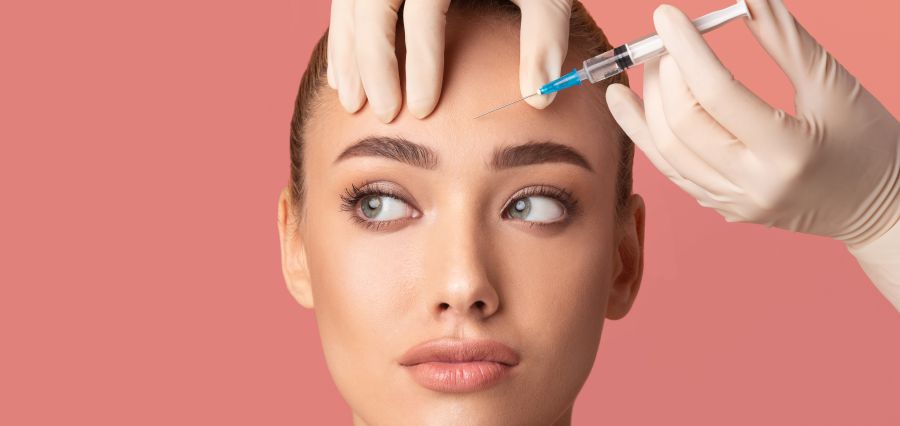As people age, their concerns about having youthful and radiant skin increase. The most common methods used are Botox and dermal fillers. Both options are invasive ways to keep the skin smooth, young, and wrinkle-free. However, they require constant application depending on the quality used.
Botox and dermal fillers can be confusing. Botox works by temporarily paralyzing the muscle, while fillers are used to add fullness. This article discusses the differences between Botox and fillers, their effects, how long they last, possible side effects, and how to select the right treatment for an enhanced beauty regimen.
Botox
Botox is originally a toxin, called botulinum toxin, obtained from a bacteria. It is injected into specific areas of the face (such as the forehead, lines between the eyebrows, and around the eyes and lips) to temporarily paralyze the muscles. Botox as a result relaxes the muscles that cause facial wrinkles, in other words, Botox removes the expression lines of the face. Their effect needs a few days to a week to be noticeable, and it lasts for up to 6 months.
In addition, Botox is not only used for cosmetic reasons, it can be used to treat neck spasms caused by medical conditions, chronic migraines unresponsive to other treatments, and excessive sweating.
Possible side effects are:
- Eyelid drooping or vision problems
- Paralysis of nearby muscles
- Pain, swelling, or redness
- Flu-like symptoms
- other
Despite Botox’s high cost, people are now injecting botox to prevent aging features rather than correct them. The American Society of Plastic Surgeons reports a 28% increase in Botox procedures.
Dermal Fillers
In contrast, dermal fillers are substances that are injected into hollow body parts like the lips, cheeks, and under-eye depressions; they are used to increase the size of the injected area, soften wrinkles, and contour facial features as well; hyaluronic acid stands out as the most widely used dermal filler because it enables the skin to retain its moisture content and be more elastic.
According to The American Society of Plastic Surgeons, dermal fillers have seen a 32% increase since 2010.
Dermal fillers, unlike Botox, target wrinkles that are visible when the face is at rest; typically those that form due to loss of collagen with age. The results are immediate and can last up to two years, depending on the type of filler used and the area injected.
Possible side effects are:
- Allergic reaction: redness, skin rash, and itching
- Asymmetry
- Skin scarring
- Vision problems
- other
Choosing between Botox and Dermal Fillers
Choosing the right treatment depends on the goal and needs of the client. Botox is a suitable choice to smooth out expression lines, such as wrinkles formed by smiling or raising the eyebrows. On the other hand, dermal fillers are chosen to increase the volume of the desired area, such as lips, or to smooth wrinkles at rest.
In some cases, both Botox and fillers can be combined for an ideal skin enhancement.
Both Botox and dermal fillers may cause bruising, swelling, or allergic reactions, so they must only be administered by a qualified cosmetic practitioner, whereas, Botox may be fatal if injected in a larger dose. In addition, they are not suitable for everyone and may worsen the skin condition or may even make it less appealing. In addition, they may exacerbate inactive viruses, such as cold sores.
Clients must consult their qualified cosmetic practitioner before deciding to receive either Botox or dermal fillers.
Created by WebTeb.com
Read More : Click Here





Your article helped me a lot, is there any more related content? Thanks! https://accounts.binance.com/tr/register?ref=W0BCQMF1
Thank you for your shening. I am worried that I lack creative ideas. It is your enticle that makes me full of hope. Thank you. But, I have a question, can you help me?